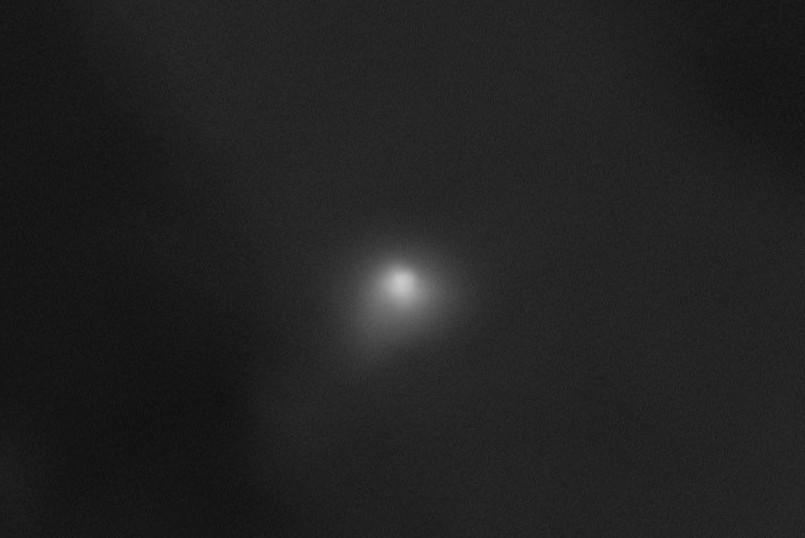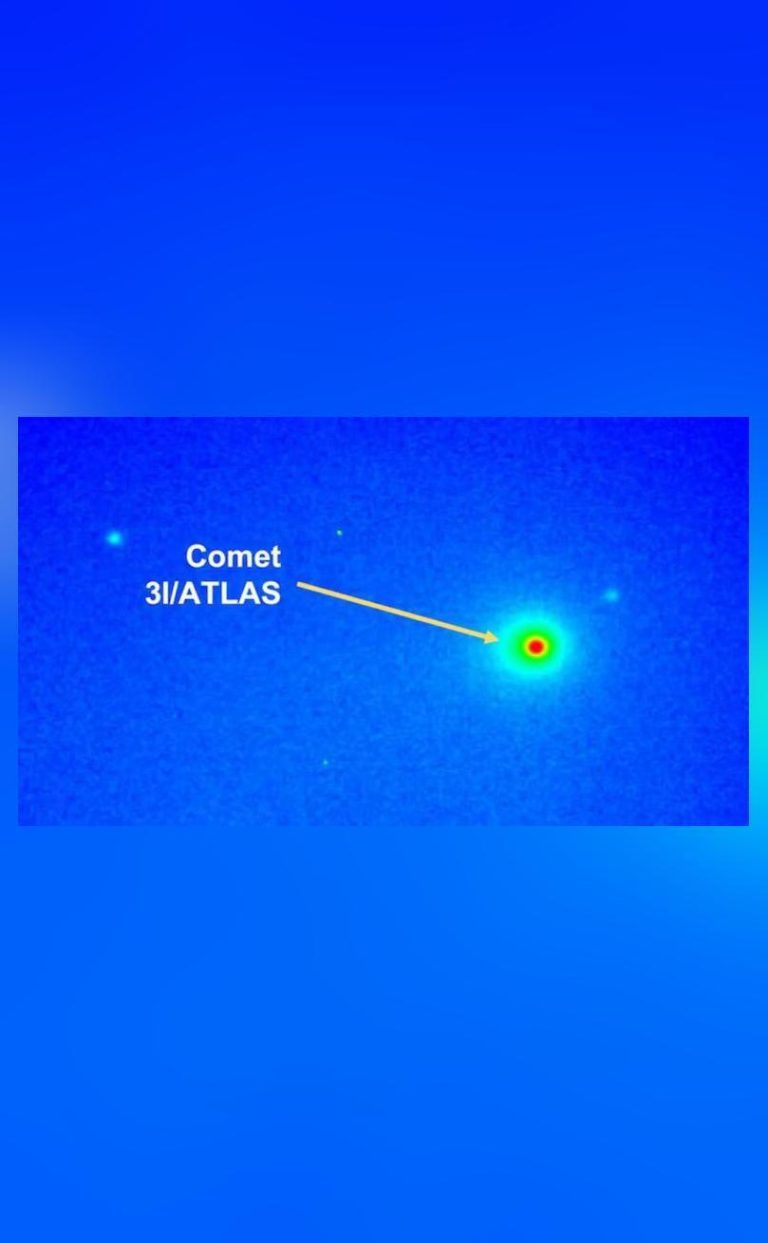
NASA releases new images of interstellar comet 3I/ATLAS
The universe is full of mysteries and wonders, and astronomers are constantly working to uncover them. Recently, NASA has released fresh images of the interstellar object called 3I/ATLAS, which has been determined to be a comet that is probably even older than our solar system. This fascinating discovery was first made in July by an Asteroid Terrestrial-impact Last Alert System, or ATLAS, telescope located in Chile. 3I/ATLAS is only the third interstellar object ever observed by astronomers traveling through the solar system, making it a significant finding that can provide valuable insights into the formation and evolution of our galaxy.
The discovery of 3I/ATLAS is a remarkable one, and the new images released by NASA offer a glimpse into the comet’s composition and structure. The images were captured using NASA’s multiple observatories, including the Hubble Space Telescope, the Spitzer Space Telescope, and the NEOWISE spacecraft. These images reveal a small, icy body with a highly elongated orbit, which is characteristic of interstellar comets. The comet’s surface is likely composed of frozen gases, such as water, methane, and ammonia, which are common in comets.
One of the most interesting aspects of 3I/ATLAS is its origins. Astronomers believe that the comet originated from outside our solar system, possibly from a distant star system. This is based on its highly eccentric orbit, which takes it from the outer reaches of the solar system to the inner regions, where it can be observed by astronomers. The comet’s trajectory suggests that it has been traveling through interstellar space for millions of years, making it a relic from the early days of our galaxy.
The discovery of 3I/ATLAS is not only significant because of its interstellar origins but also because of its age. Astronomers estimate that the comet is probably older than our solar system, which is about 4.6 billion years old. This means that 3I/ATLAS has been around since the early days of the galaxy, and its composition and structure can provide valuable insights into the formation and evolution of our cosmic neighborhood.
The study of interstellar comets like 3I/ATLAS can also help astronomers understand the delivery of organic molecules to our solar system. Comets are known to carry a variety of organic compounds, such as amino acids and sugars, which are the building blocks of life. The discovery of these molecules in comets suggests that they may have played a role in the origins of life on Earth. By studying interstellar comets, astronomers can gain a better understanding of the role that these objects may have played in the delivery of organic molecules to our solar system.
NASA’s release of new images of 3I/ATLAS is a significant development in the study of interstellar comets. The images provide a detailed look at the comet’s composition and structure, which can help astronomers better understand its origins and evolution. The discovery of 3I/ATLAS is a reminder of the many mysteries that still exist in our universe, and the importance of continued exploration and discovery.
The study of interstellar comets like 3I/ATLAS is an active area of research, with astronomers using a variety of observatories and spacecraft to study these objects. The Hubble Space Telescope, the Spitzer Space Telescope, and the NEOWISE spacecraft are just a few examples of the many observatories that are being used to study interstellar comets. By combining data from these observatories, astronomers can gain a more complete understanding of the composition, structure, and evolution of these fascinating objects.
In conclusion, the discovery of 3I/ATLAS is a significant development in the study of interstellar comets. The new images released by NASA provide a detailed look at the comet’s composition and structure, which can help astronomers better understand its origins and evolution. The study of interstellar comets like 3I/ATLAS can provide valuable insights into the formation and evolution of our galaxy, as well as the delivery of organic molecules to our solar system. As astronomers continue to study these fascinating objects, we can expect to learn more about the many mysteries that still exist in our universe.
News Source: https://science.nasa.gov/solar-system/view-interstellar-comet-3i-atlas-through-nasas-multiple-lenses/






